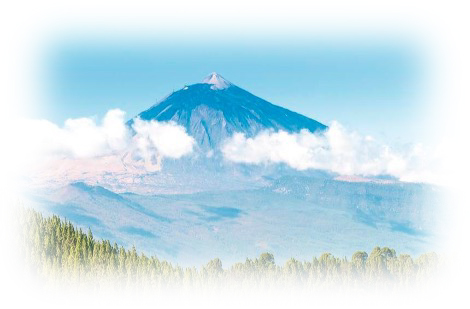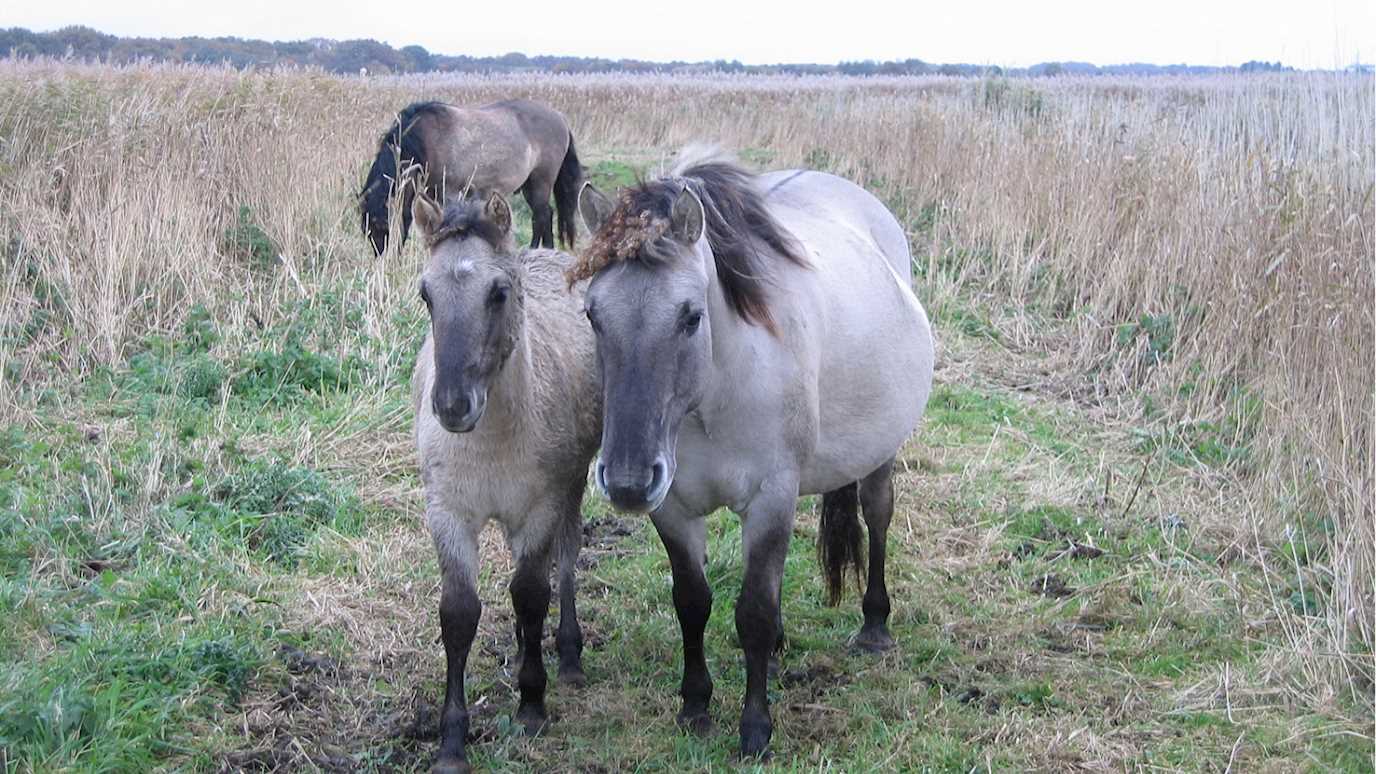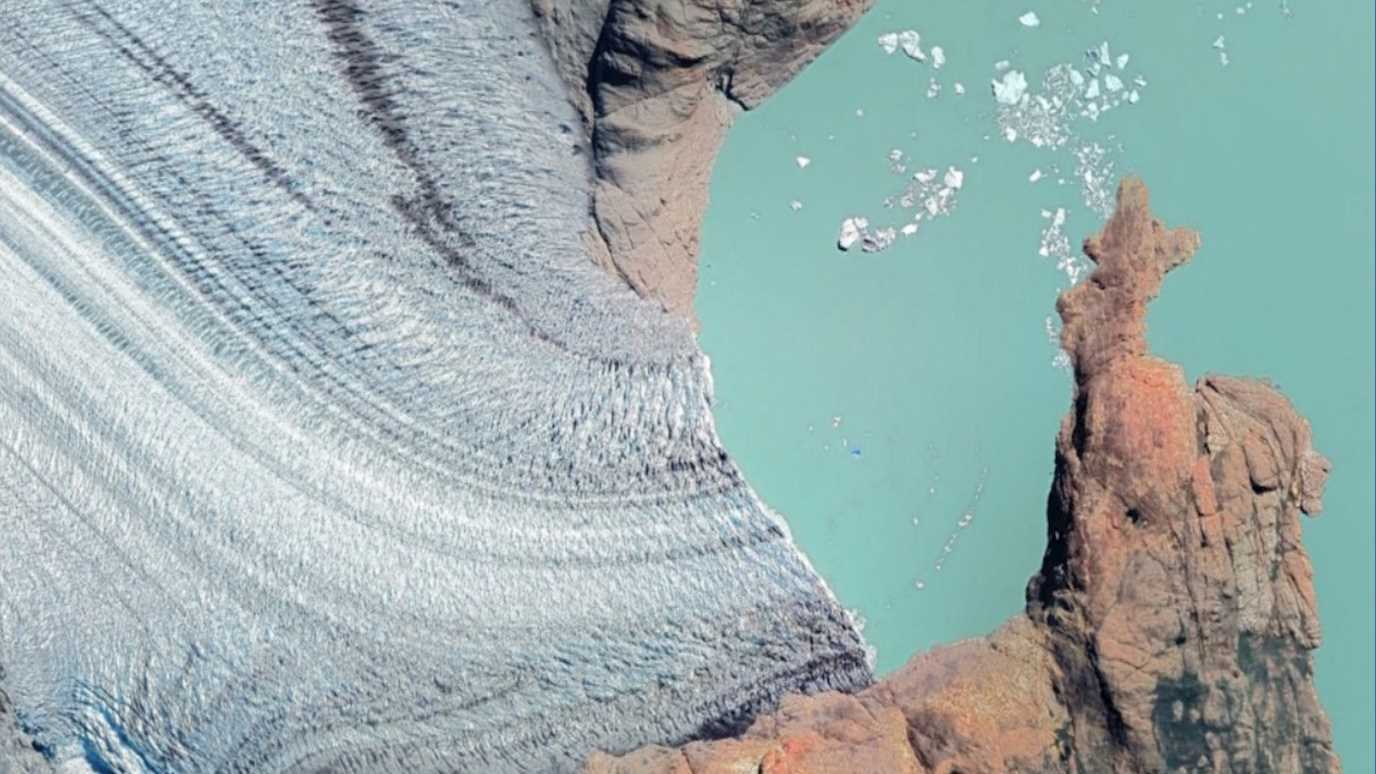Learning to read a sandy desert landscape – Professor Simon Armitage
Professor Simon Armitage has two decades of experience working in African and Arabian drylands. In this video he will discuss how Aeolian processes create the characteristic landforms of a sandy desert. In particular he will demonstrate that the shape of sand dunes can be used to understand sediment sources and budgets in drylands, both in the past and present.
Formation of dunes summary sheet Formation of dunes activity
This corresponds to the following components of the A-Level Syllabus:
OCR
1.a. Dryland landscapes can be viewed as systems
• The flows of energy and material through dryland systems
1.b. Dryland landscapes are influenced by a range of physical factors
• The availability of sediment.
2.a. Dryland landscapes develop due to a variety of interconnected climatic and geomorphic processes
• The formation of distinctive landforms, predominantly influenced by deposition, including barchans, linear dunes, star dunes.
AQA
3.1.2 Hot desert systems and landscapes
3.1.2.2 Systems and processes
• Sediment sources, cells and budgets
3.1.2.3 Arid landscape development in contrasting settings
Origin and development of landforms of mid and low latitude deserts: aeolian – barchans and sief dunes
























